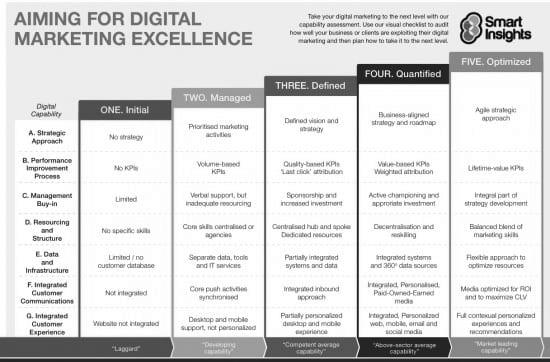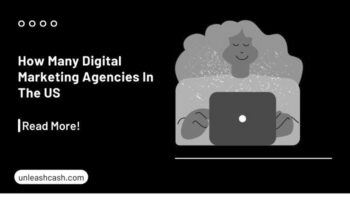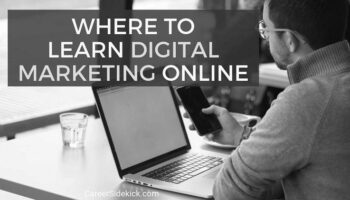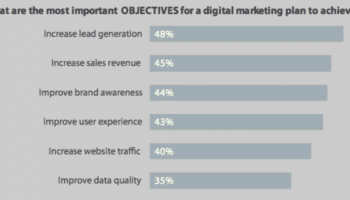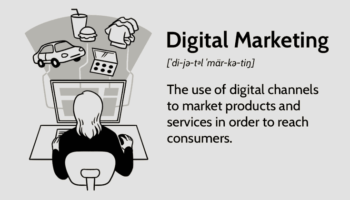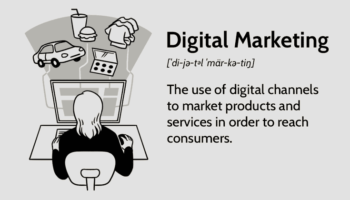In the early days of digital marketing, email was the primary tool for reaching people. Later, the focus switched to search engines, where businesses could keyword stuff and tag their ads. The use of social media such as Facebook also helped companies track data. These techniques are commonly referred to as source and receiver advertising, with sources targeting particular groups of people.
Email marketing
Newsletter emails are an excellent way to introduce your business to new subscribers. They usually contain information about upcoming events and special offers and give potential customers a chance to learn more about your company. You can also use newsletters to highlight new products, blog posts, and customer reviews. Usually, these emails have a call-to-action in the body.
Emails should be tailored to each subscriber’s interests and behaviors. Businesses that segment their lists get higher open and clickthrough rates and lower unsubscribe rates. Segmented lists also allow marketers to create powerful autoresponders (a series of automated emails based on a pre-defined condition). This will enable marketers to nurture leads and close sales. Furthermore, using segmentation makes writing messages and subject lines easier.
Pay-per-click (PPC) advertising
Pay-per-click (PPC) advertising is an effective way to reach an audience. Google, Facebook, Twitter, and other online businesses offer this type of advertising, which means they earn a certain amount of money each time a visitor clicks on an ad that contains their product. PPC is also advantageous for publishers, allowing them to reach a targeted audience. The best part about this type of advertising is that it saves both publishers and advertisers money. Pay-per-click advertising allows advertisers to target specific audiences with their ads, which is impossible with traditional advertising. In addition, PPC allows advertisers to gain valuable data insights about their audience, which helps them improve their advertising campaigns.
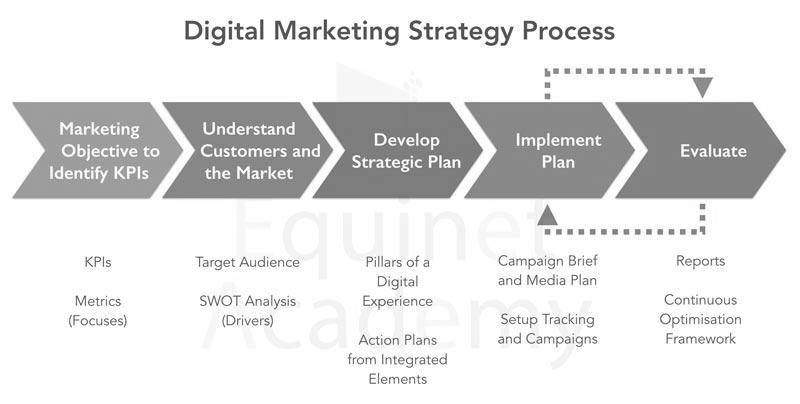
One of the benefits of pay-per-click advertising is that businesses of any size can use it. PPC allows a small business to create an advertising budget and increase it as the company grows. PPC advertising systems are often very user-friendly and can guide you through the process.
When creating a PPC campaign, it is essential to monitor the key metrics. The first metric is clicked, which is the total number of people who clicked on the ad. This metric is directly related to the keywords chosen and the relevance of the ad copy. Another essential metric is clickthrough rate (CTR), which measures the percentage of ad views that lead to clicks. Both metrics are used to calculate cost-per-click.
In addition to search engines, pay-per-click advertising is increasingly being used on social media sites. These ads are often integrated into the users’ experience on social platforms, allowing for highly targeted advertising. These ads are also less likely to be blocked by ad blockers.
Another popular PPC system is Microsoft Advertising. This system is user-friendly, easy to implement for small businesses, and similar to Google Ads. Microsoft’s system has fewer competitors than Google’s, making it an affordable option for small businesses. Ultimately, the success of PPC advertising will depend on the keywords targeted.
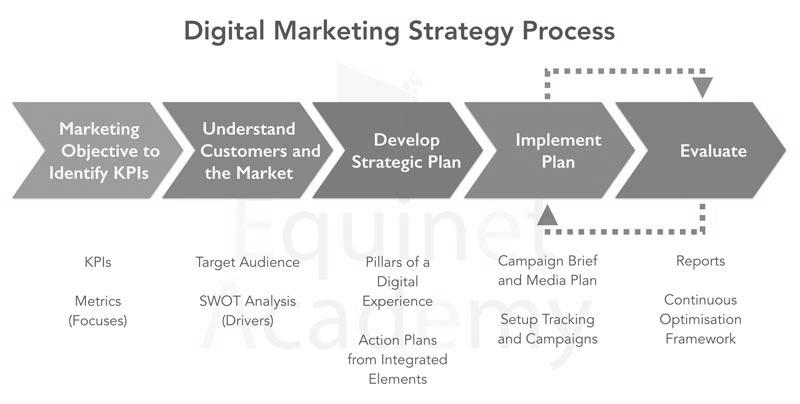
Content marketing
Content marketing aims to solve problems that your potential customers may have. By creating content that answers these problems, you can attract them to your site and, eventually, your products. It is an excellent gateway to offline marketing, where your content can serve as a discount to attract new prospects. It can include e-books, blog posts, white papers, and other online tools. It can also be distributed through billboards, social media, and paid advertising.
Content marketing has many advantages, but it also has its own set of challenges. It can be experimental, but you should avoid alienating your audience. It is crucial to focus on your message. Measure the effectiveness of your content by tracking its performance. You can use various metrics to see which content is performing best.
Content marketing differs from advertising, which involves buying or renting space in the media. In content marketing, you own the distribution channels and deliver your content to your audience everywhere. To achieve this, you must create an effective strategy that speaks to your audience. You must understand your audience and its pain points.
Content marketing is essential because it resonates with your audience. It can help you reach people who may have otherwise remained unresponsive. It should be delivered through several channels and different types of content. Your content needs to engage people and help them make a decision. The right kind of content can make all the difference.
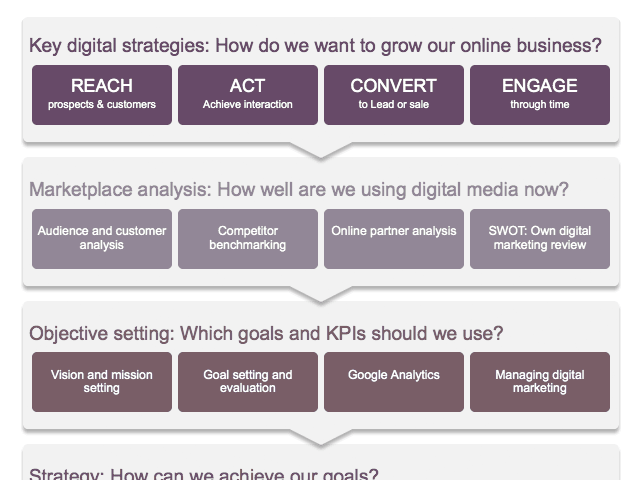
Content marketing is a compelling long-term strategy that delivers an impressive ROI. It can help your business reach new customers and improve conversion rates. This method targets your audience at every stage of their buying cycle. By giving them helpful information, you can ensure that they are engaged and ultimately converted into paying customers.
Video Marketing
Video content is a great way to connect with consumers and increase brand awareness. It can be educational, entertaining, or a combination of both. Before deciding how to use video, know your target audience and what you want to achieve through it. Ensure your video content speaks to their pain points and is relevant to their needs.
Video content is viral and should be targeted to a specific audience. You can use a buyer persona to understand better who will be viewing the content. Create a buyer persona and update it to include the demographics you plan to reach with your video. Typically, a video project involves several stakeholders, so make sure to develop a questionnaire to ask questions of all of them.
One of the reasons that video content is effective is that it helps customers make purchasing decisions. According to HubSpot, 97% of users report that watching videos helped them understand more about a product. Videos are also crucial for SEO because they increase a website’s rank in search engines. Additionally, they grow the time spent on a website. Most marketers also report a higher conversion rate and lower customer acquisition costs thanks to video.
If a video does not communicate its purpose clearly, viewers will not stay for the entire video. For this reason, the language you use in a video is crucial. Your video should be conversational and casual, and avoid using jargon or complex sentence structures. Use first-person language and use visual language, if possible.
To maximize the effectiveness of your video, set your goals for the video and choose metrics that will help you measure its success. You can evaluate the performance of your videos by monitoring their clickthrough rate and dwell time. Tracking these metrics allows you to find which content types work best with your audience.
Creating a video marketing strategy can help your brand stand out in the crowd. It can create high-quality content for customers and communicate your brand’s personality. You can use video for various business goals – from generating brand awareness to increasing the sales pipeline. Once you have determined the plans for your video content, you can start creating content with purpose.
